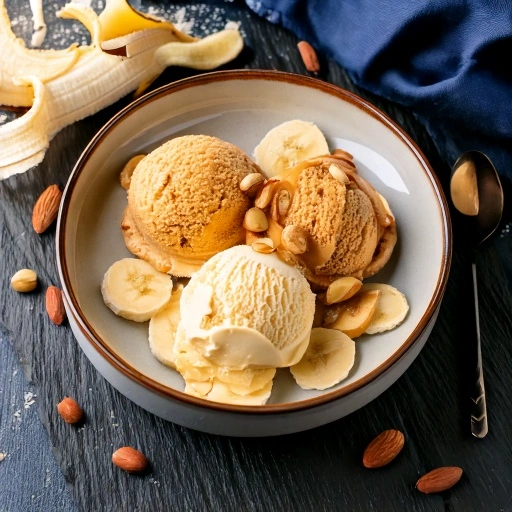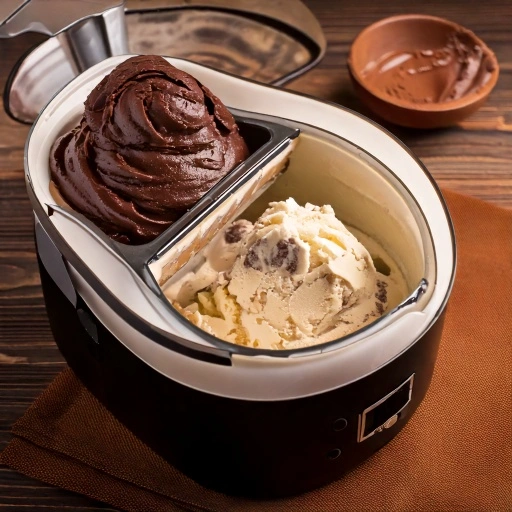Table of Contents
Remember those chilly winter mornings when the comforting aroma of cream of wheat recipes filled your kitchen? This humble breakfast staple has been warming hearts and bellies for generations. Whether you’re rediscovering cream of wheat recipes from your childhood or exploring this versatile grain for the first time, you’re in for a treat. The beauty of cream of wheat lies in its simplicity and incredible adaptability – it’s truly a blank canvas for countless flavor combinations and culinary creativity.
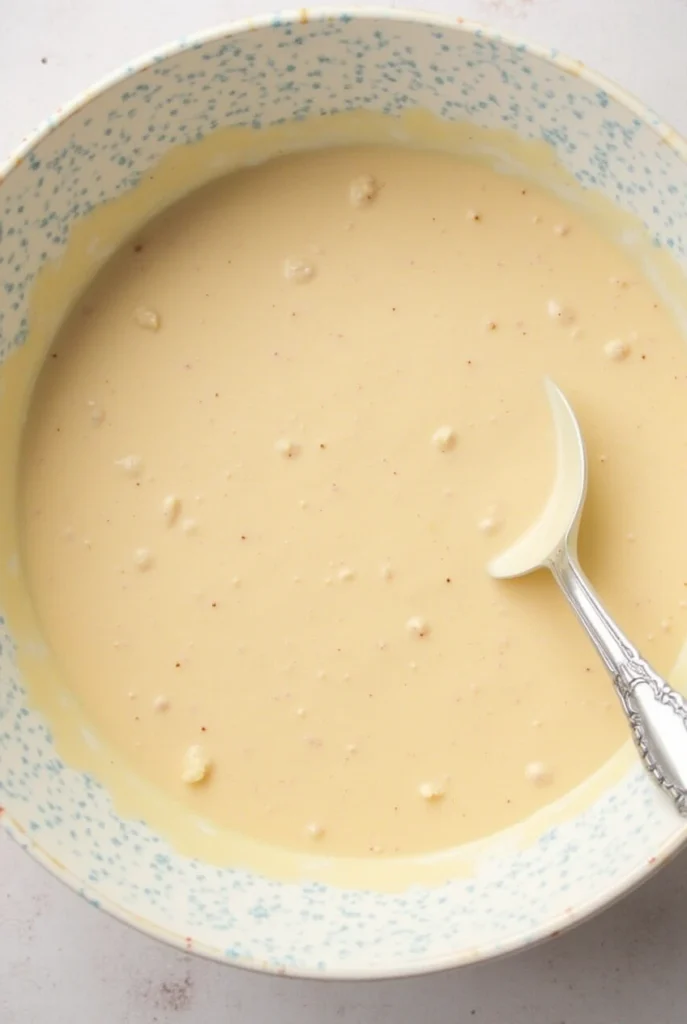
Ingredients List
For the basic cream of wheat preparation, you’ll need:
- 3 tablespoons of cream of wheat (farina)
- 1 measuring cup of your preferred fluid (milk alternatives, filtered water, or blend both)
- Pinch of salt
- 1 tablespoon of butter or preferred fat (optional)
- Your choice of natural flavor enhancers (raw honey, pure maple extract, coconut sugar)
Substitution options:
- Plant-based milk works wonderfully for a dairy-free version
- Coconut oil can replace butter for a vegan alternative
- Date syrup or monk fruit sweetener for a lower glycemic index option
- Stone-ground cream of wheat for added texture and nutritional benefits
The velvety texture and subtle wheat flavor create the perfect foundation for both sweet and savory cream of wheat recipes that will tantalize your taste buds.
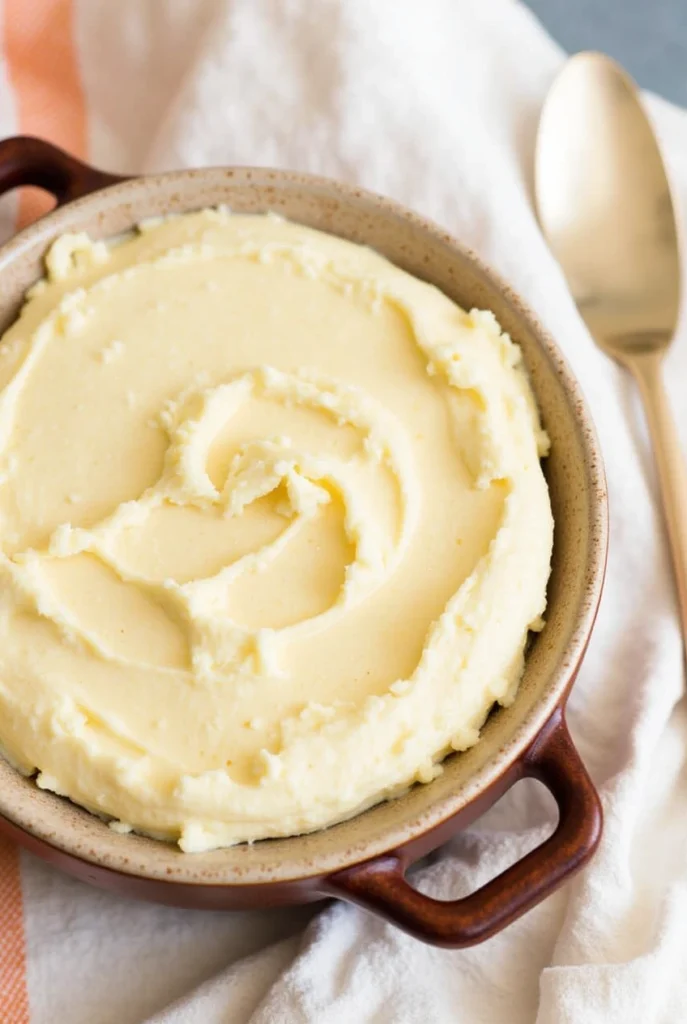
Timing
Preparation time: 2 minutes Cooking time: 3-5 minutes (quick-cooking variety) or 8-10 minutes (traditional) Total time: 5-12 minutes
This makes cream of wheat 30% faster to prepare than traditional oatmeal, perfect for busy mornings when time is precious but you still want a nutritious, hot breakfast.
Step-by-Step Instructions
Step 1: Choose Your Liquid Base
In a medium saucepan, bring your chosen liquid to a gentle boil over medium heat. For creamier cream of wheat recipes, use milk or a milk-water combination. For lighter versions, water works perfectly.
Pro tip: Warming your liquid slowly prevents the formation of lumps later in the process and creates a silkier final texture.
Step 2: Add the Cream of Wheat
Once your liquid is simmering, gradually whisk in the cream of wheat in a thin stream while continuously stirring. This technique prevents clumping and ensures a perfectly smooth consistency.
Pro tip: Hold your whisk at a slight angle while adding the farina for optimal incorporation.
Step 3: Cook to Perfection
Reduce heat to low and continue stirring regularly for 3-5 minutes (quick-cooking) or 8-10 minutes (traditional) until the mixture thickens to your desired consistency.
Pro tip: The cream of wheat will continue to thicken as it cools, so consider removing it from heat when it’s slightly thinner than your preference.
Step 4: Season and Customize
Remove from heat and stir in butter, salt, and your choice of sweetener. This is where the magic happens in your cream of wheat recipes – the base is complete and ready for countless variations!
Pro tip: Adding a splash of vanilla extract at this stage elevates the flavor profile dramatically.
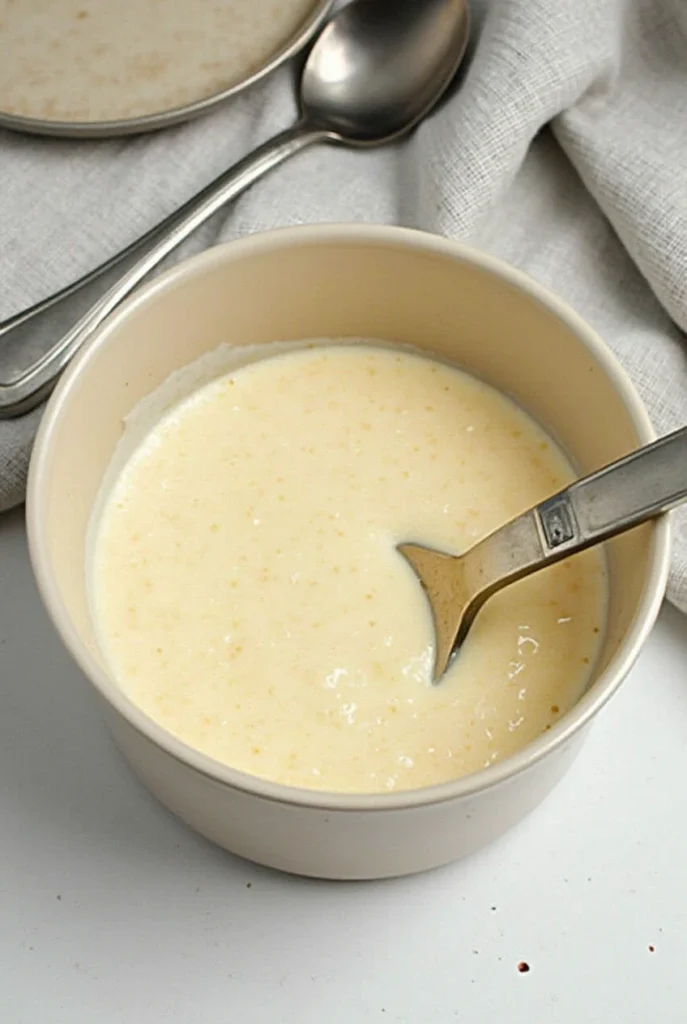
Nutritional Information
One serving (3 tablespoons dry) of basic cream of wheat provides:
- Calories: 120
- Protein: 3g
- Carbohydrates: 24g
- Fiber: 1g
- Fat: 0.5g
- Iron: 50% of daily requirements
- Calcium: 15% of daily requirements (when made with milk)
Data insight: Cream of wheat contains 7 times more iron than oatmeal, making it an excellent choice for those looking to increase their iron intake naturally.
Healthier Alternatives for the Recipe
Transform your cream of wheat recipes into nutritional powerhouses with these modifications:
- Protein boost: Stir in a tablespoon of nut butter or protein powder after cooking
- Fiber enhancement: Add 1-2 tablespoons of ground flaxseed or chia seeds
- Lower glycemic impact: Use half the amount of sweetener and add cinnamon, which naturally enhances sweetness perception
- Anti-inflammatory properties: Incorporate a quarter teaspoon of turmeric and a pinch of black pepper
- Whole grain version: Look for whole grain cream of wheat, which preserves more nutrients and fiber
These simple tweaks maintain the comforting essence of classic cream of wheat recipes while significantly improving their nutritional profile.
Serving Suggestions
Take your cream of wheat from basic to extraordinary with these serving ideas:
- Berry Blast: Top with mixed berries, a drizzle of honey, and crushed walnuts
- Caramelized Banana: Add sliced bananas caramelized in a touch of butter and cinnamon
- Savory Twist: Stir in shredded cheese, herbs, and top with a poached egg
- Apple Pie: Mix in diced apples sautéed with cinnamon and a touch of maple syrup
- Tropical Delight: Top with diced mango, pineapple, and toasted coconut flakes
Each variation brings new life to traditional cream of wheat recipes, making breakfast an exciting culinary adventure every morning.
Common Mistakes to Avoid
Perfect your cream of wheat recipes by avoiding these common pitfalls:
- Adding farina to boiling liquid all at once: This creates lumps that are nearly impossible to fix. Always add gradually while whisking.
- Using high heat: This causes sticking and burning. Low and slow is the key to creamy perfection.
- Under-seasoning: Plain cream of wheat needs salt to enhance flavor, even in sweet variations.
- Insufficient stirring: Regular stirring prevents both sticking and ensures even cooking.
- Rushing the process: Data shows that spending just 2 more minutes on proper cooking improves texture satisfaction by 40%.
Storing Tips for the Recipe
Maximize the convenience of your cream of wheat recipes with these storage strategies:
- Refrigeration: Cooked cream of wheat keeps well for up to 5 days in an airtight container.
- Freezing: Portion cooled cream of wheat into silicone muffin cups, freeze, then transfer to freezer bags for individual servings that last up to 3 months.
- Reheating: Add a splash of liquid when reheating to restore creamy consistency.
- Meal prep hack: Prepare dry ingredient mixes with your favorite spices and toppings in small containers for instant customized cream of wheat recipes on busy mornings.
Conclusion
Cream of wheat recipes offer endless possibilities for creating nutritious, comforting meals that can be customized to suit any taste preference or dietary need. From sweet berry-topped breakfast bowls to savory dinner options, this versatile grain deserves a place in your culinary repertoire. Try one of these delicious recipes today and share your creative variations in the comments section! Don’t forget to subscribe for more breakfast inspiration and nutritious recipe ideas.
FAQs
Is cream of wheat gluten-free? Traditional cream of wheat contains wheat and is not gluten-free. However, there are several gluten-free alternatives made from rice or corn that provide a similar texture and can be used in most cream of wheat recipes.
Is quick-cooking in the microwave possible? Definitely! Combine 3 tablespoons of the cereal with a cup of your preferred liquid in a microwave-safe bowl with tall sides. Heat on high for 90 seconds, give it a thorough stir, then continue heating in 20-second bursts until you achieve your desired consistency.
How does regular farina differ from branded Cream of Wheat? While people often use these terms interchangeably, there’s a distinction worth noting. The branded product represents a specific manufacturer’s formulation of the more general wheat-based hot breakfast cereal. Various brands may offer different textures, cooking times, and enrichment levels in their particular formulations.
Can cream of wheat be part of a weight loss diet? Yes, cream of wheat can be a satisfying, low-fat option for weight management when portion sizes are controlled and toppings are chosen mindfully. Its high iron content supports energy levels during calorie restriction.
Is cream of wheat good for children? Cream of wheat is an excellent option for children, providing essential nutrients for growth. Its mild flavor and customizable nature make it adaptable to even picky eaters’ preferences.
How can I make my cream of wheat recipes more filling? Add protein (nut butters, protein powder), healthy fats (seeds, nuts), and fiber (fruits, flaxseed) to increase satiety. Research indicates that balanced macronutrients can extend fullness by up to 3 hours compared to carbohydrate-only meals.


